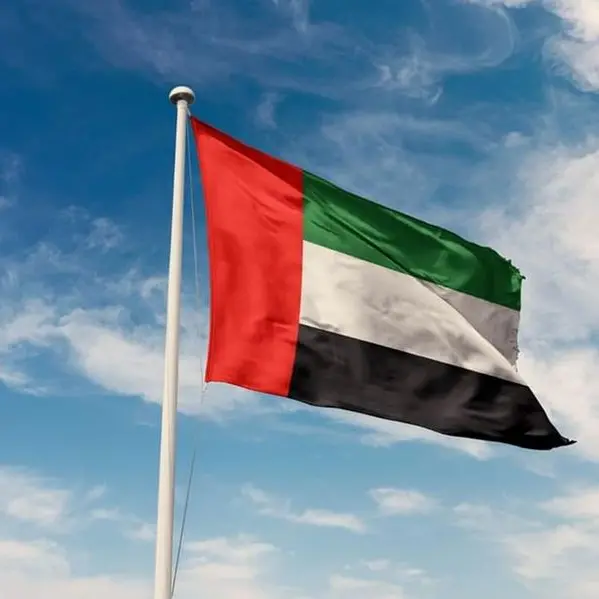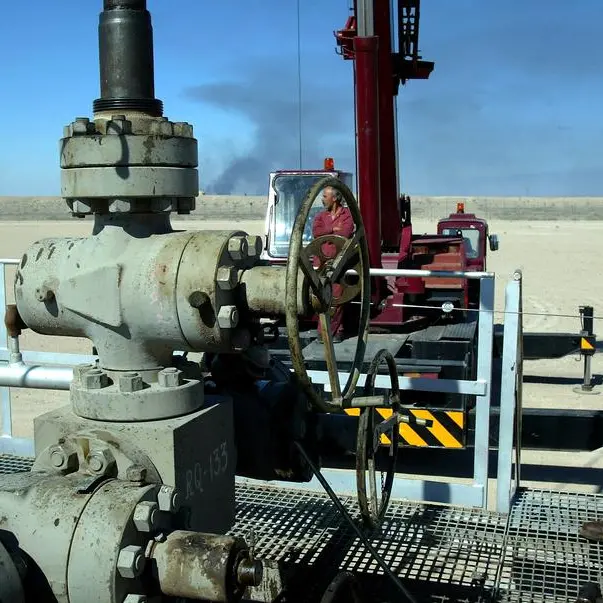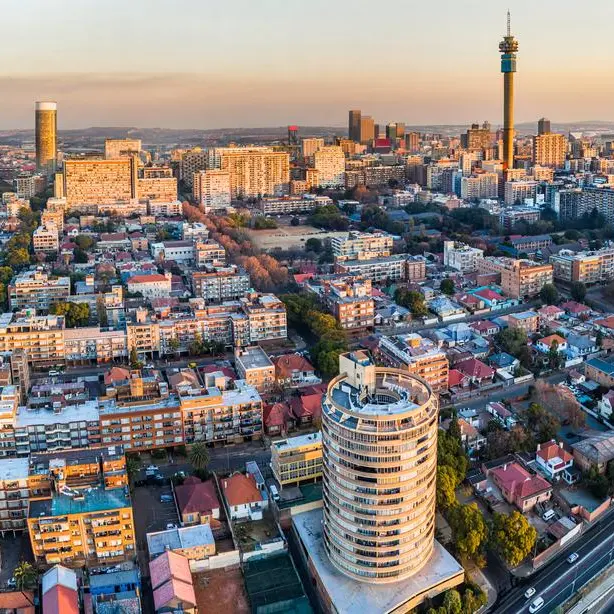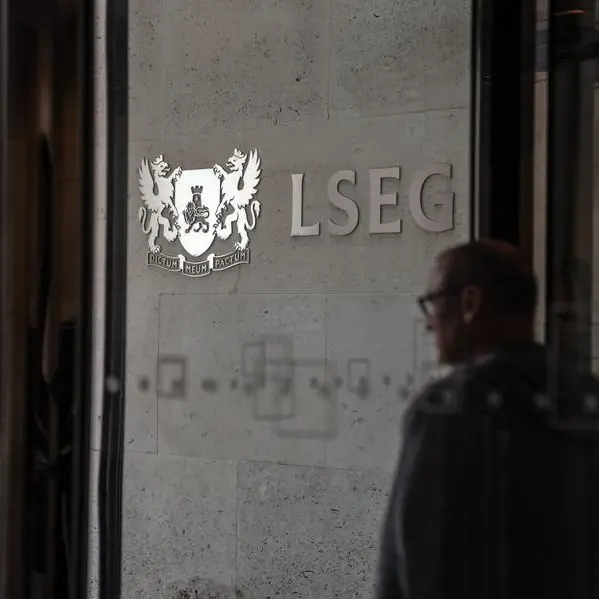Two weeks have passed since an atmosphere of hope and optimism swept Pakistan, following Imran Khan's ascension as the country's prime minister. The positive atmosphere was also reinforced by news on July 30 that the Pakistani rupee jumped 5.4 per cent, its largest amount in nearly a decade, on reports that Pakistan had secured a loan of $2 billion from China, just days after the election of its new premier. This development helped increase optimism that Imran as prime minister might be able to help drive one of the weakest currencies of 2018 away from its historic lows against the dollar.
While the currency has weakened slightly from this point, the rupee remains below its historic lows against the greenback, after it had been destroyed throughout this year by a host of different problems. So, the question on the mind of many is could Imran inspire Pakistan and lead a recovery in the rupee?
This isn't going to be an easy task, and it would not be a surprise to see more volatility in the months ahead. Foreign investors' confidence in Pakistani markets is thought to remain low after authorities deliberately devalued the rupee on four reported occasions, while sentiment is not being helped by the fact that the currency crisis has been followed by Pakistan's trade deficit recently climbing to a historic high. From a market standpoint, one of the first things on the agenda for Pakistan's newly-elected government will be to come up with a plan to restore confidence in the rupee.
Away from the rupee, the current economic picture for Pakistan is not entirely negative. Macroeconomic conditions have seen the economy grow close to 6 per cent last year, while it is also hoped that the economy will benefit over the medium-to-longer term from its blossoming relationship with China. The expectation that Imran as prime minister could lead to a change in foreign policy, by negotiating with those whose relations with Pakistan are strained rather than seek conflict, whilst also seeking to get rid of corruption is something that could help improve perceptions of the country over the longer-term. These can all be seen as encouraging factors for the rupee over the longer-term.
The issue that needs to be addressed at present is that what has not helped Pakistan this year is that its currency crisis has likely already had a negative impact on other aspects of its economy. Not only have its foreign exchange reserves fallen to their lowest levels in over three years, but the fact that Pakistan's current account deficit widened 42 per cent this year through to June is unlikely to be fixed quickly. The pace of imports entering the country versus exported goods leaving Pakistan is also a big concern. The current account deficit could also stretch further in the months ahead.
Additionally, expectations that one of Imran's first challenges will be to put together a team to negotiate a bailout package from the International Monetary Fund is not the type of news that is going to immediately restore confidence in the currency.
Another factor that Imran will be unable to directly influence in any way is that market forces continue to be very positive on the dollar. The greenback is gathering strength and its seemingly unstoppable trajectory is causing issues for emerging market currencies around the world. The recent currency weakness seen in Pakistan is not idiosyncratic; it is a general trend for emerging-market currencies.
The last three months have been a rough ride for emerging economies around the world, with markets trembling against the spectre of a full-blown US-China trade war, among other anxiety-triggering factors. This also includes some geopolitical concerns, with President Donald Trump re-imposing economic sanctions on Iran coupled with a direct threat that those who continue to conduct business with Iran are at risk of consequences. The more recent news that the US is considering imposing economic sanctions on Turkey is another risk for investors to monitor in the market over the upcoming months.
Dollar strength will in itself remain a large concern for emerging markets. Currency weakness in emerging markets will likely be followed through with increased inflationary pressures and concerns over the associated higher costs of external debt. The dollar (which only days ago reached its highest level in 2018) has been dramatically appreciating in advance of increased US interest rates and the consequent market uncertainty that has followed the trade war concerns that have dominated the financial market headlines throughout this year.
The writer is global head of currency strategy and market research at FXTM. Views expressed are his own and do not reflect the newspaper's policy.
Copyright © 2018 Khaleej Times. All Rights Reserved. Provided by SyndiGate Media Inc. (Syndigate.info).




















